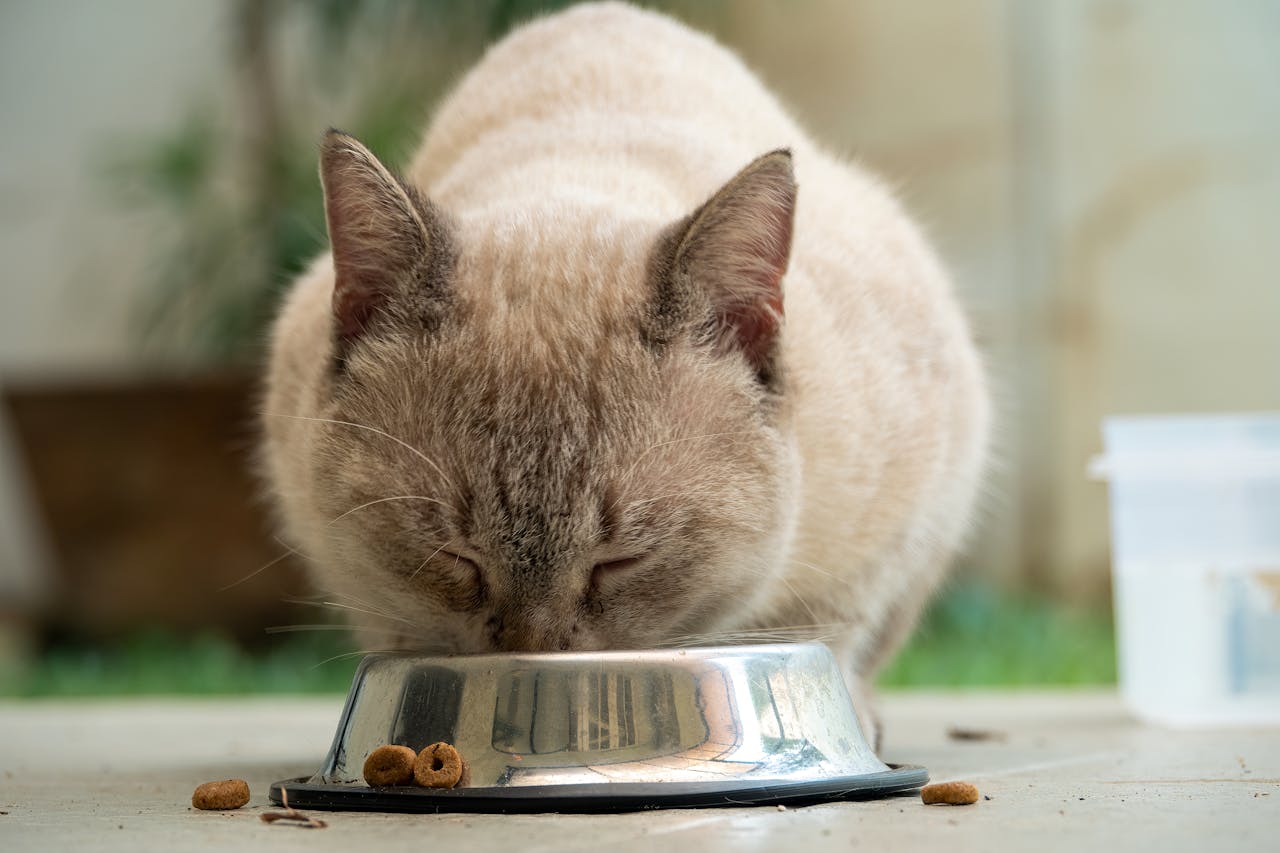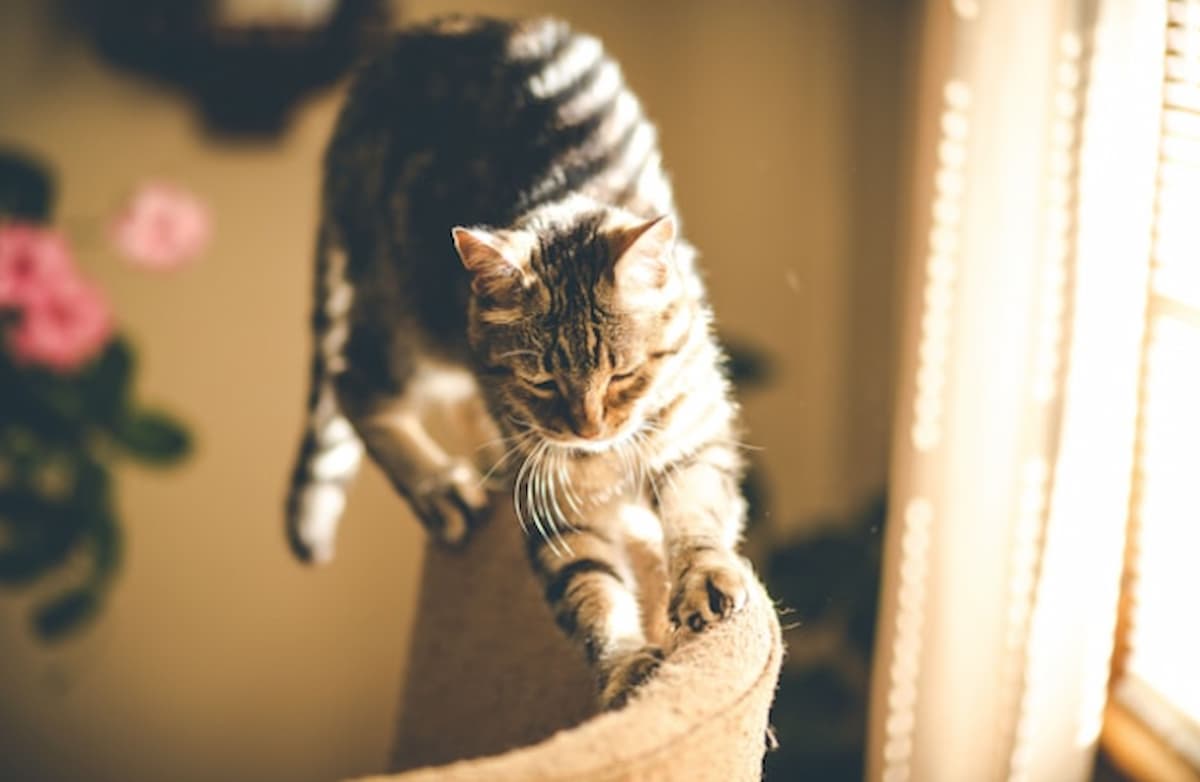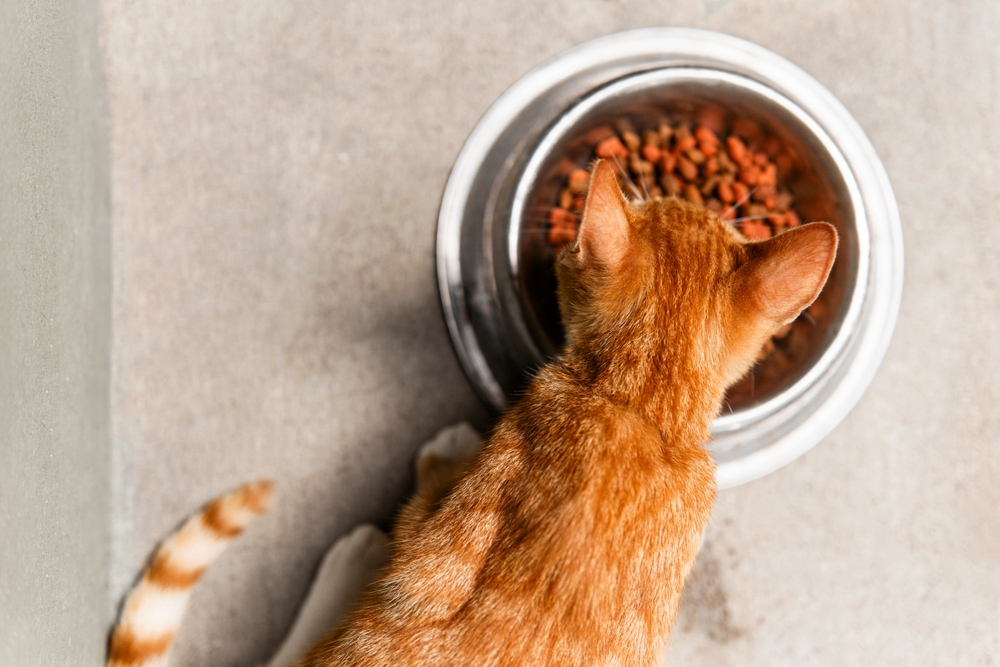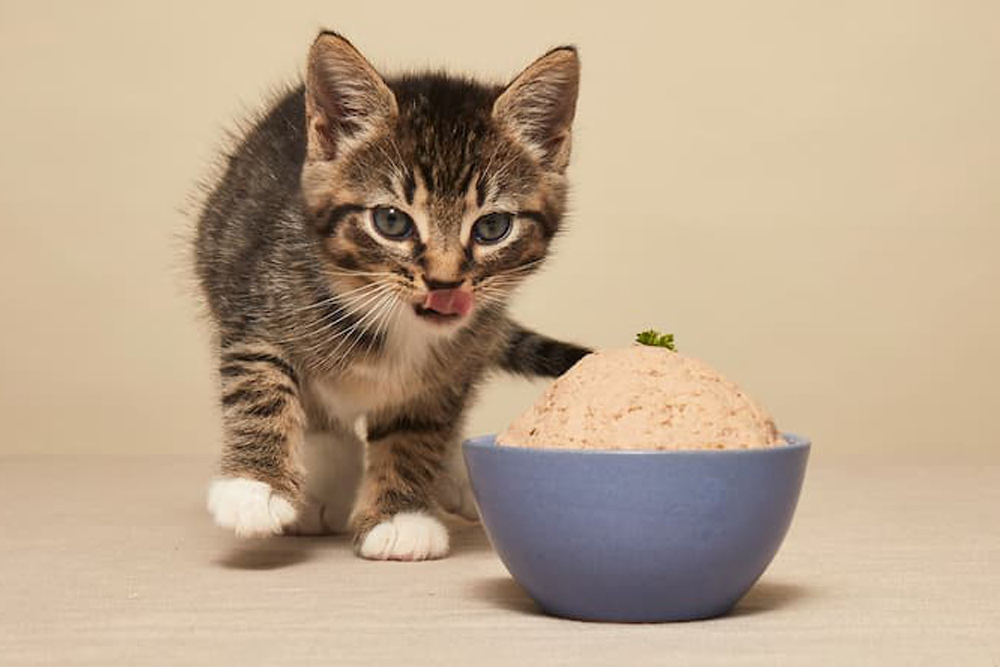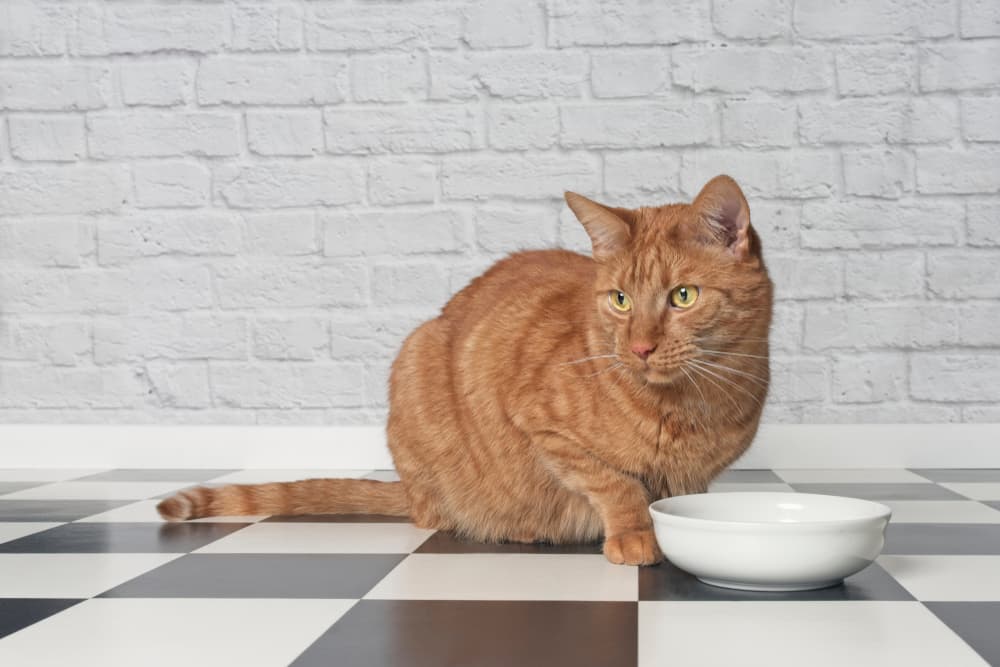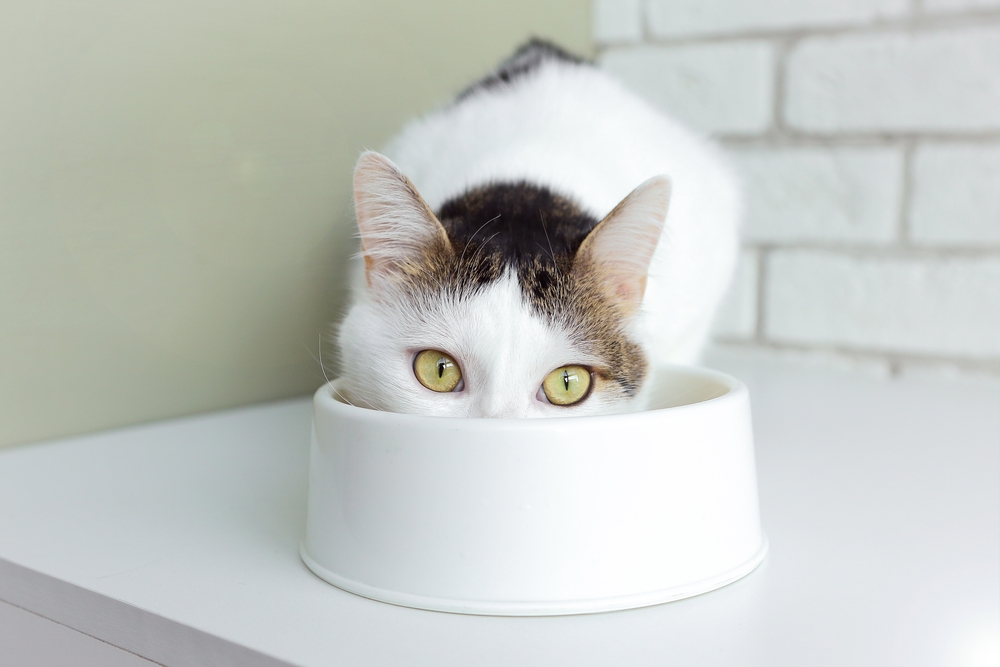6 Best Hairball Control Cat Foods, According to Vets
Updated on May 01, 2024
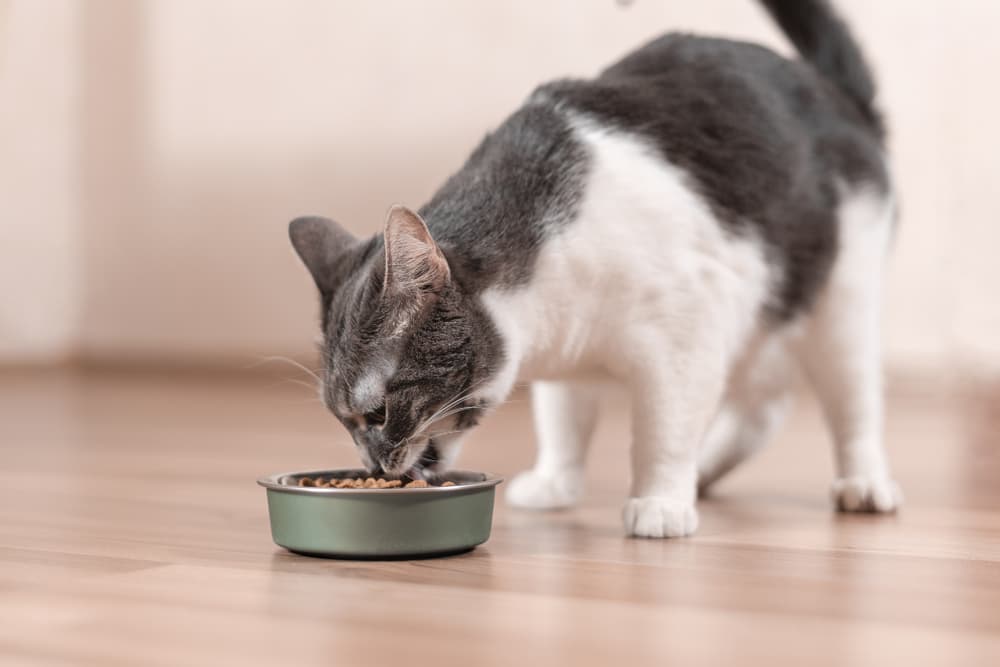
Cats take cleanliness quite seriously. In fact, they can spend up to five hours a day grooming themselves! However, in the process of taking their daily baths, cats end up swallowing quite a bit of hair, which can often lead to hairballs. Luckily, hairball control cat food can help.
Some cats only have hairballs once or twice a year, but others — especially cats with long coats — may cough up those slimy clumps of hair on a regular basis. If your cat has frequent hairballs, you may want to consider switching them to a hairball control cat food to help alleviate their symptoms. Here’s what you need to know about these special cat food formulas.
Cat Food for Hairballs: Our Top Picks
- Overall Best Hairball Control Cat Food: Purina ONE Indoor Advantage
- Best Prescription Cat Food for Hairballs: BLUE Natural Veterinary Diet GI Gastrointestinal Support Dry Cat Food
- Best Wet Hairball Control Cat Food: Hill’s Science Diet Hairball Control Adult Wet Cat Food
- Best Value Hairball Cat Food: IAMS Proactive Health Adult Hairball Care Dry Cat Food
- Best Hairball Cat Food for Long-Haired Cats: Royal Canin Persian Breed Adult Dry Cat Food
- Best Grain Free Cat Food for Hairballs: Merrick Purrfect Bistro Grain Free Hairball Control Cat Food
6 Best Hairball Control Cat Foods
All featured products are chosen at the discretion of the Vetstreet editorial team and do not reflect a direct endorsement by the author. However, Vetstreet may make a small affiliate commission if you click through and make a purchase.
If your cat has a problem with hairballs, switching to a hairball control food is often an effective preventative measure. Here’s a selection of the best cat food for hairballs that you can buy today:
Overall Best Hairball Control Cat Food
Our pick: Purina ONE Indoor Advantage
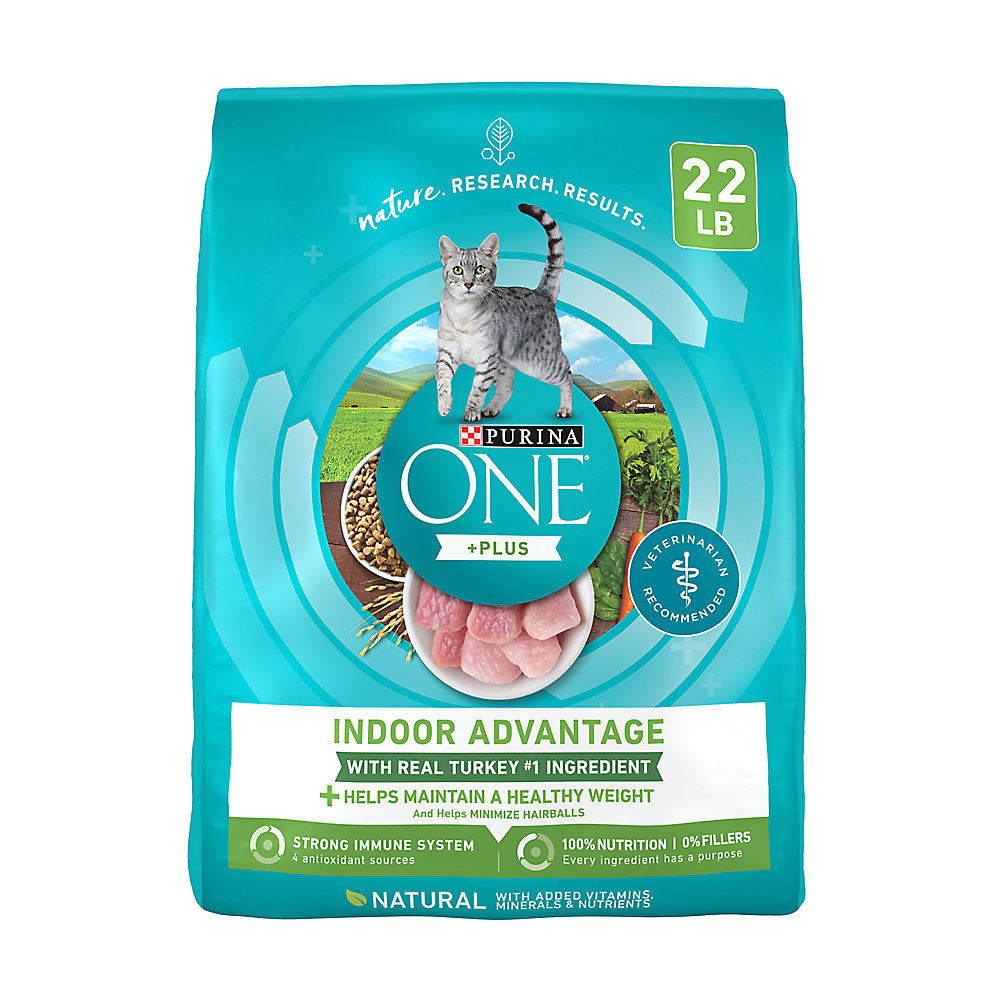
Dr. Butzer’s top pick for a hairball control cat food is the Purina ONE Indoor Advantage, which is also designed to support a healthy weight for indoor cats. The dry cat food has a fiber-rich formula and omega-6 fatty acids to help prevent hairballs, and it also contains four antioxidants to support a strong immune system.
This particular formula has 10 percent less fat than other Purina ONE foods, making it a top choice for indoor-only cats, and it’s free from artificial flavors, preservatives, and fillers. Plus, real turkey is the first ingredient, and the crunchy kibble pieces have a tasty smell that most cats seem to love.
Pros
- Designed specifically for indoor cats
- High fiber and fatty acids help prevent hairballs
- Lower fat formula to maintain a healthy weight
- No artificial flavors, preservatives, or fillers
- Made in the USA
Cons
- Bag isn’t resealable
Best Prescription Cat Food for Hairballs
Our pick: BLUE Natural Veterinary Diet GI Gastrointestinal Support Dry Cat Food

If your cat has a sensitive stomach, Dr. Butzer also recommends this prescription diet that she says can help with hairballs. The grain-free dry food is made with easily digestible ingredients for improved nutrient absorption, and it also contains vitamins E and C, as well as other antioxidant-rich ingredients for immune system health. A high level of prebiotic fiber helps support your cat’s digestive health and manage hairballs. Just keep in mind that you will need a prescription from your veterinarian to purchase this food, and it’s more expensive than over-the-counter cat food for hairballs.
Pros
- Easy-to-digest dry food
- High levels of prebiotic fiber
- Grain-free formula
- Deboned chicken is the first ingredient
Cons
- More expensive than over-the-counter foods
- Not specifically designed for hairball control
- Must have a prescription to purchase
Best Wet Hairball Control Cat Food
Our pick: Hill’s Science Diet Hairball Control Adult Wet Cat Food

For kitties who prefer wet food, the Hill’s Science Diet Hairball Control Wet Cat Food is a popular cat hairball remedy. The formula comes in 3-ounce cans and has a savory chicken flavor with a minced consistency. It’s fortified with vitamin E and omega fatty acids for healthy skin and fur. Plus, it’s manufactured in the U.S. and exceeds industry standards for purity and nutrient content.
Pros
- Savory chicken flavor
- Includes vitamin E and omega-3 and -6 fatty acids for hairball prevention
- Many customers said that that this food helps with hairball control
- Made in the USA
Cons
- Not recommended for kittens and pregnant/nursing cats
- Larger cats may require multiple cans per day
Best Value Hairball Cat Food
Our pick: IAMS Proactive Health Adult Hairball Care Dry Cat Food

When you look at the price per pound of food, this option from IAMS is one of the best values available. The dry cat food contains a blend of fiber and prebiotics to help reduce hairballs, as well as omega-3 and -6 fatty acids to promote skin and coat health. Real chicken is the first ingredient in the dry kibble, and its crunchy texture can help reduce plaque buildup.
Pros
- Affordable price
- Fiber and prebiotics help control hairballs
- Fatty acids support coat health
- Over 7,000 5-star customer reviews
- Made in the USA
Cons
- Some pet owners say their cats don’t like the taste
Best Hairball Cat Food for Long-Haired Cats
Our pick: Royal Canin Persian Breed Adult Dry Cat Food

Long-haired cats like Persians are more prone to hairballs, and the Royal Canin Persian Adult Dry Cat Food is a highly rated dry food for these breeds. Though it’s on the higher end of the price spectrum, this kibble is designed to help maintain a shiny, healthy coat in long-haired cats while controlling hairballs and supporting healthy digestion. It contains amino acids, vitamins, and omega fatty acids for healthy fur, as well as a blend of fibers to help cats pass ingested hair. Plus, the kibble itself is almond-shaped, which is easier for Persian cats to eat due to their shortened jaws.
Pros
- Formulated for cats with long hair
- Fiber blend helps pass hairballs
- Blend of nutrients, including omega-3 and -6 fatty acids, promotes skin and coat health
- Special kibble shape is ideal for Persian cats
Cons
- Higher price point
Best Grain Free Cat Food for Hairballs
Our pick: Merrick Purrfect Bistro Grain Free Hairball Control Cat Food

If you prefer to give your cat grain-free food, Merrick Purrfect Bistro Grain-Free Hairball Control Cat Food is a top choice in this category. The dry kibble is free of grains, wheat, corn, and soy, as well as artificial colors, flavors, and preservatives; instead, it’s made with whole foods like real deboned chicken, sweet potatoes, and other easily digestible carbohydrates. Natural fiber helps with hairball control, while omega fatty acids support your cat’s skin and coat.
Pros
- Natural fiber for hairball control
- No grains, wheat, or, corn
- Omega-3 and -6 fatty acids support skin and coat health
- Great for indoor or outdoor cats
- Made in the USA
Cons
- Some pet parents report their cats don’t like the taste
What is Hairball Control Cat Food?
Hairballs are something that most cat owners will deal with at one point or another. “Hairballs are a result of cats doing their regular grooming and not all of the hair making it into their stomachs but getting stuck on the lining of the esophagus,” explains Dr. Lindsay Butzer, DVM. “When this hair builds up a lot, it creates a wad of slimy hair that gets vomited up.” While any cat can get a hairball, they’re more commonly a recurring problem in those with longer hair.
In addition to regular brushing to remove loose hair, some cat owners also feed their pets hairball control food, which can both help lessen the amount of hairballs and/or help hair pass through your cat’s digestive system more smoothly. “They are made with extra ingredients that help support your cat’s skin, haircoat, and gut [and] also help reduce hairballs, such as increased fibers and increased oils [like] fish oils and vegetable oils,” explains Dr. Butzer. These foods may not prevent hairballs altogether, but they’re often effective at reducing the frequency of them, especially when used in conjunction with grooming.
Is Hairball Cat Food Recommended by Veterinarians?
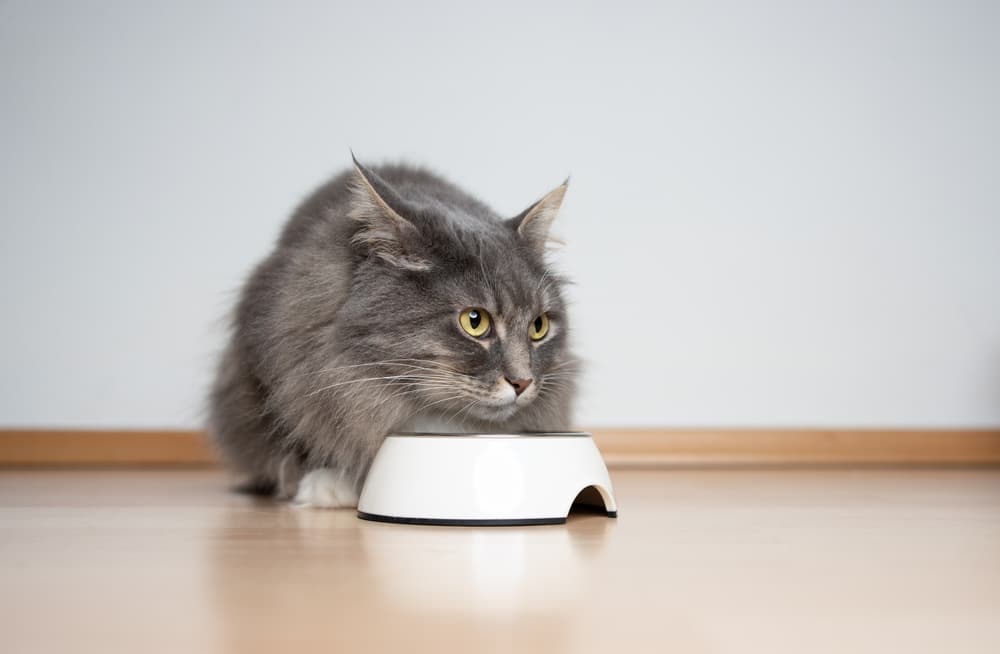
For cats who struggle with hairballs, hairball control cat food is a vet-approved option. “Hairball control food can be fed daily and for the entire life of your cat,” says Dr. Butzer, and she also notes that these foods are suitable for any type of cat.
While hairball control cat food can be given daily, Dr. Butzer explains that other hairball treatment products should be used only as needed. “Products such as Laxatone or mineral oil, which you can put on your cat’s nose or paws to lick off, should only be given when your cat is experiencing daily vomiting of large hairballs.”
How We Chose Our Selections
In addition to recommendations from Dr. Butzer, we took the following factors into consideration when selecting our best hairball control cat foods.
Formulation. We paid close attention to each food’s formula, calling out ingredients that can be beneficial to controlling or preventing hairballs.
Reviews. We checked out what other pet parents were saying about each option, noting what they liked/didn’t like.
Price. While some of the selections on our list are a bit pricier, we tried to include a variety of foods to fit most any budget.
Cat Food for Hairballs: Buyer’s Guide
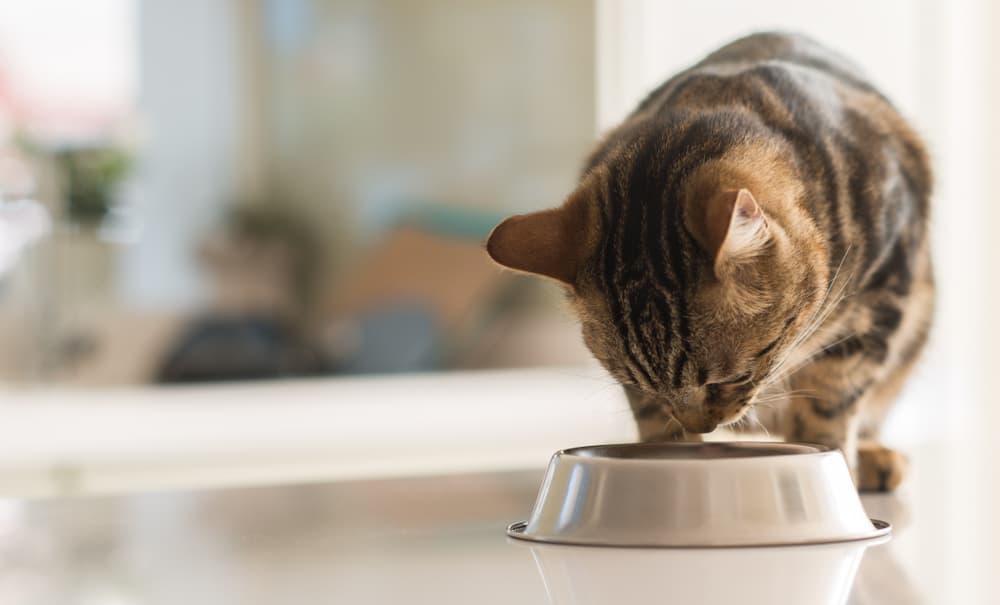
Before clicking “add to cart,” here are a few things to consider while purchasing cat food for hairball control.
Price can make a difference. While we know that cat food can get pricey, if your cat is struggling with frequent hairballs, Dr. Butzer recommends avoiding inexpensive cat foods, which often have high levels of sugars and salts. “This can lead to a dry esophagus and hairball formation,” she says. (And remember, we did include a great value option on our list!)
Ingredients matter. You’ll want to look for higher-quality formulas that contain more fiber. Regular cat food generally has 1-2% crude fiber, while hairball control formulas may have 5% or more. Ingredients like omega-3 and omega-6 fatty acids are also common in hairball control foods, and as always, it’s important to select a food that meets AAFCO standards as a complete and balanced source of nutrition for your cat’s life stage.
Have a backup plan. While cat food for hairballs can be given to any kitty, there are some potential side effects to keep an eye out for. “Since hairball control food may have increased oils, this may cause diarrhea or loose stool in your cats,” says Dr. Butzer. “If your cat is not tolerating a specific hairball control diet brand, try a gastrointestinal brand formulated for sensitive stomachs and see if the fiber in the food alone will help with hairball control.”

